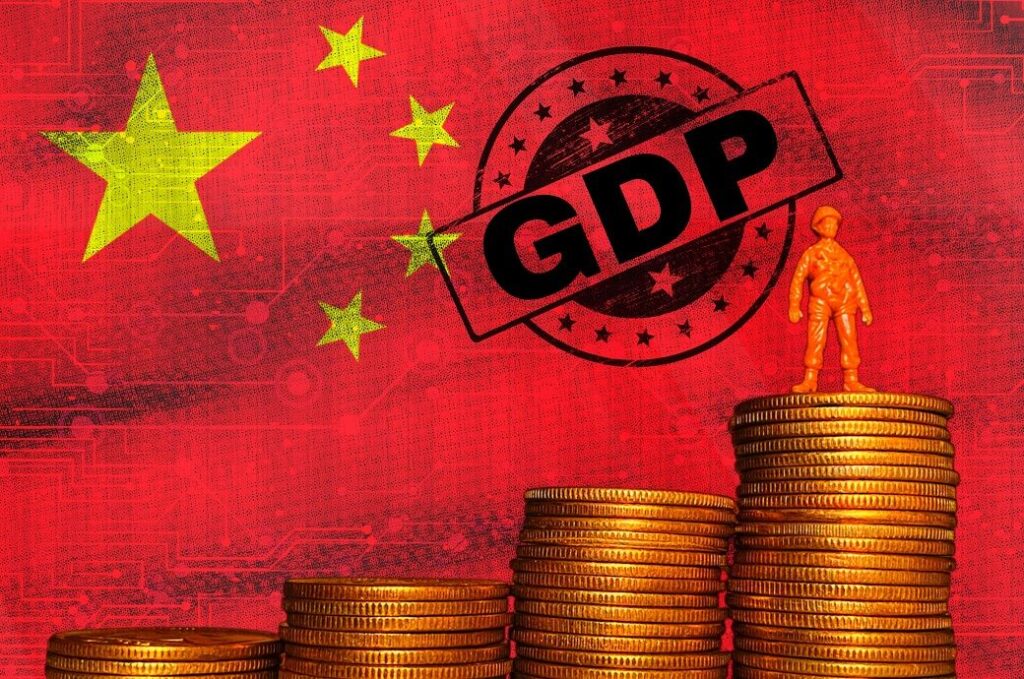
Manufacturing and exports are also slowing due to global trade uncertainty. To support growth, the government is using monetary and fiscal stimulus and plans further reforms to boost consumer spending.
According to the update, growth is projected to moderate to 4.5 per cent in 2025 and 4 per cent in 2026, as global trade restrictions and uncertainty weigh on exports, manufacturing investment, and hiring. Fiscal policy is expected to cushion the slowdown through higher infrastructure spending, subsidies, and social protection benefits. Medium-term growth prospects remain constrained by slower productivity growth, high debt, and an aging population.
China’s economy grew 5.4 per cent in Q1 2025, driven by policy support, but faces slowing consumption, trade uncertainty, and a weak property sector, according to the World Bank.
Growth is projected to slow to 4.5 per cent in 2025 and 4.0 per cent in 2026.
The report stresses boosting household consumption, enhancing social safety nets, and preparing workers for a tech-driven economy.
“Household consumption will be key to sustaining growth amid external and domestic economic challenges,” Mara Warwick, World Bank division director for China, Mongolia, and Korea, said in a press release. “Beyond short-term stimulus, stronger social safety nets, especially for migrant and temporary workers, would encourage more spending by improving financial security and reducing the need for precautionary saving.”
Risks to the country’s growth outlook are broadly balanced but significant. Externally, trade policy uncertainty and weaker global growth pose downside risks. Domestically, prolonged property sector weakness could further dampen investment. A softer labour market due to higher uncertainty and delayed corporate investment could weigh on consumption. On the upside, stronger-than-expected fiscal spending could lift growth above current projections.
The update also highlights the weakening link between growth and job creation. China’s economy created 21 million net new jobs in the last five years, less than half the number created in the previous five years. While employment growth has slowed in construction and services, industry has added more jobs than in the past, in part due to policy support. Technological change—automation, AI, and digitalisation—is also reshaping labour demand, reducing some low-skilled jobs while expanding opportunities for high-skilled talent. These trends have posed greater challenges for informal, migrant, and temporary workers due to limited job security and social protection.
“Navigating ongoing labour market transitions requires both macroeconomic policy support and structural reforms,” said Elitza Mileva, World Bank lead economist for China. “To prepare workers for a technology-driven economy the government could enhance the enabling environment for private sector job creation, make targeted investments in skills development, and strengthen social protection coverage.”
Fibre2Fashion News Desk (RR)

